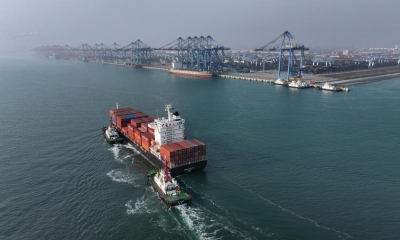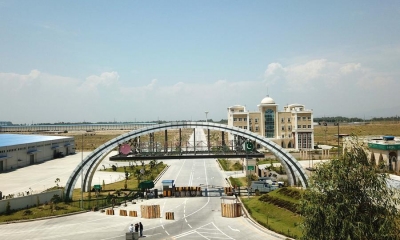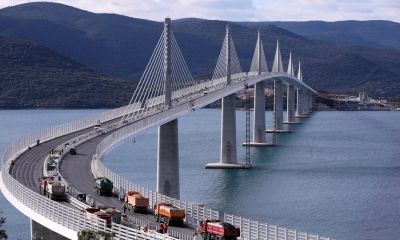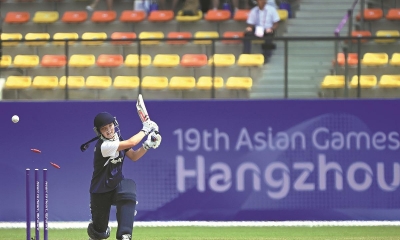The BRI-CPEC Outlook in 2024
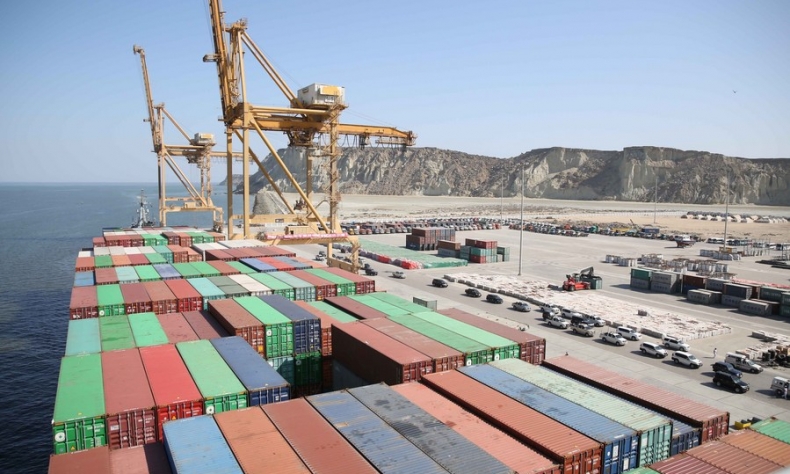
Across the spectrum of its engagements in 2024, the BRI will extend its influence into diverse array of domains, spanning economics, culture and ecology.
The Belt and Road Initiative (BRI), acknowledged as engine of modern development on international landscape, will shift global growth into high gear in 2024 showing robust muscles of resilience and sustainability in everchanging geoeconomics, geostrategic and geopolitical environment.
China is expected to continue to green-align its overseas BRI projects, with a broader and more transformative focus on environmental sustainability. Greening the BRI emphasises China’s firm commitment to encouraging a low-carbon global economy as a responsible international stakeholder. China’s endeavors to increasingly green-align the BRI are, in fact, the cumulative outcome of its sagacious policy measures put in force over the last several years. The share of green energy engagement is expected to see a radical rise in 2024.
Meanwhile, China will make more strides in trade facilitation in all dimensions regionally and internationally. A World Bank report revealed that if the proposed BRI projects are executed, travel times along the participating countries’ transport corridors will be cut by 12 percent by 2030 due to improved transport infrastructure. This reduction in travel time would, in turn, decrease trade costs. China is also expected to enhance the BRI image with the vision of common good. Kribi, a small coastal town in Cameroon’s south region, is gradually becoming a key logistical hub in central and western Africa. The Kribi Deep Seaport, which was set into motion in 2018, today offers countries in the region convenient access to the sea. As a part of China’s support for other countries under the framework of the Belt and Road Initiative (BRI), it is a shining example of this project. The BRI is likely to make more strides in this area.
As a partner of the BRI, Pakistan will continue to be a beneficiary of a green BRI vision. Before the start of 2024, Chinese solar solutions giant LONGi announced to achieve the magnificent goal of 2 gigawatts (GW) solar power generating capacity in Pakistan. With the help of more Chinese companies, it is highly likely that Pakistan’s solar energy market size is expected to grow from 1.3GW to 9.77GW in the coming years. Besides, Chinese companies individually and in collaboration with Pakistan’s local enterprises have launched numerous EV projects in the country. Many Chinese EV brands are plying on local roads. Under the framework of CPEC, ML-1, mega rail transport project, is likely to come into action during current year in order to play a pivotal role in modernising Pakistan’s trade, industry and commerce. Caretaker Prime Minister Anwaarul Haq Kakar has longed for start of Main Line-1 (ML-1) project on a priority basis as it would improve connectivity between the country’s seaports with its economic zones, describing the ML-1 railway project under CPEC as the most favourable transit route for the countries in the region.
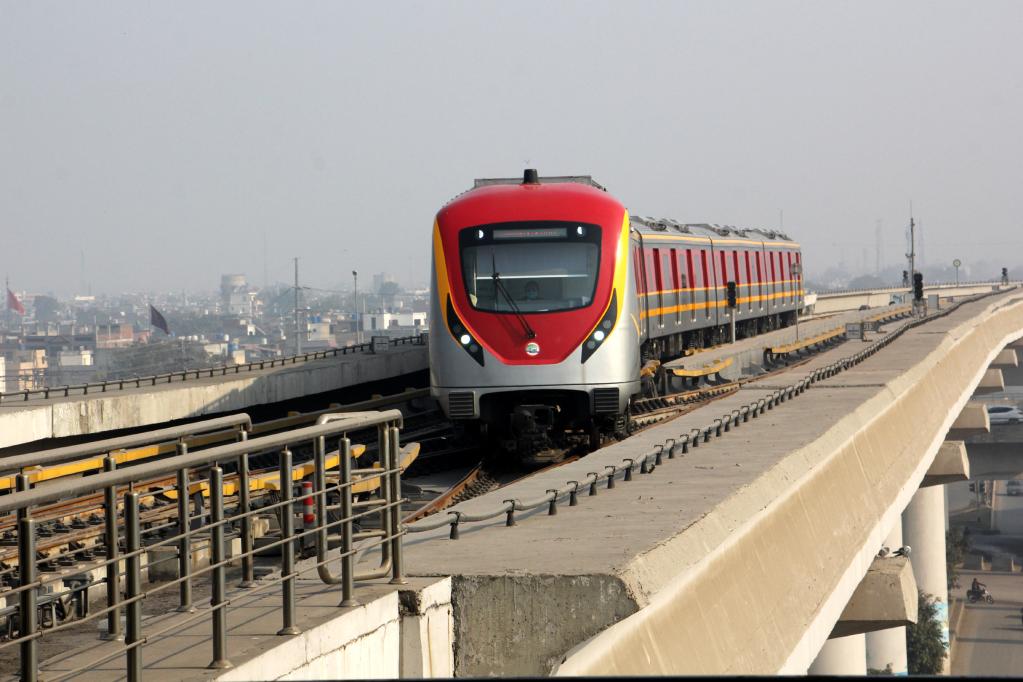
Three key words that may encompass the BRI’s development in 2024 and the next 10 years surround global development initiative, global security initiative and global civilisation initiative. Reasoning is that these key words are next version of the BRI in the face of impending challenges relating to everchanging geopolitical, geoeconomic and geostrategic landscapes. Both the BRI and other three important initiatives – Global Security Initiative, Global Development Initiative and Global Civilization Initiative – are the masterstrokes of President Xi Jinping to chart new course of common development and shared destiny led by multilateralism, coexistence, rule-based world order, respect to one another sovereign boundaries, peace and harmony.
The BRI, as an engine of international development growth, has immense potential to keep shining on the diverse global stage. It has many dimensions and vibrancies. Across the spectrum of its engagements in 2024, the BRI will extend its influence into diverse array of domains, spanning economics, culture and ecology. With focus on land-based roads, sea routes, airways and soft connectivity, the BRI will continue to enhance rules and standards, people-to-people connectivity in various arenas like education, culture, sports, tourism, and archeology. The Five Eyes alliance is an intelligence-sharing arrangement between five English-speaking countries: the U.S., UK, Canada, Australia and New Zealand. It evolved during the Cold War. But recently it has straightened its guns towards China and Chinese projects, especially the BRI.
Another forum named Quad, officially the Quadrilateral Security Dialogue, is a group of four countries: the United States, Australia, India, and Japan. The recent meeting of Quad can be interpreted as the beginning of the creation of an Asian NATO. The Quad’s narrative is more tilted toward strategic balancing against China. Hideous media campaigns to dwarf role of the BRI on the global stage is also another challenge.
One of the major concerns raised is the issue of debt sustainability. Critics argue that some participating countries may face difficulties in repaying the loans obtained for the BRI projects, potentially leading to a debt trap. The concept of the “Chinese debt trap” theory, often raised by Western media and critics, is a subject of debate in development discussions. China’s involvement in the BRI through investments and lending has been accused of burdening developing countries with excessive debt. However, a closer look reveals that China’s role in creating debt traps is often exaggerated.
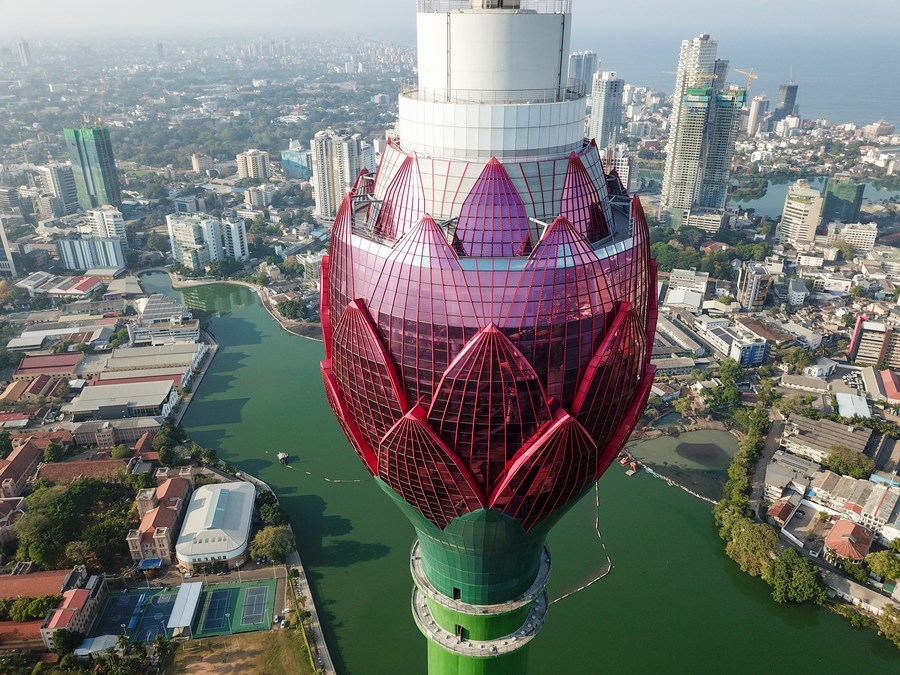
In the case of Sri Lanka, for example, China is blamed by the West for most of the country’s debt burden. However, relevant reports indicate that China only accounts for 10 percent of Sri Lanka’s external debt, with the rest coming from other sources such as international currency markets, the Asian Development Bank, and Japan. While China has been accused of being a “neocolonial power,” little is mentioned in Western media about China’s debt relief efforts.
Over the years, China has written off approximately $9.8 billion of debt to the developing countries, particularly in Africa. China has also extended debt relief to poor countries under the G20 framework. The China International Development Cooperation Agency and the Export-Import Bank of China have suspended debt service payments from 23 countries, amounting to $1.353 billion. Notable examples of debt forgiveness include Cuba ($6 billion), Pakistan ($500 million), and Cambodia ($490 million).
Moreover, in 2024, the BRI will keep promoting regional cooperation and people-to-people exchanges. It will continue to provide a platform for cultural understanding, dialogue, and collaboration among diverse nations. Through educational programs, scholarships, and cultural events, the BRI will carry on fostering ties and build mutual trust among participating countries. This cultural aspect of the initiative is crucial in fostering peace, stability, and cooperation in a world that is increasingly interconnected.
The BRI will also continue to inculcate potential to create new markets, stimulate investment, and facilitate trade among participating countries. By improving infrastructure connectivity, it will reduce logistical barriers and enhance the flow of goods, services, and capital.
China is ready to advance the Belt and Road cooperation, practice the common values of humanity, and advocate an equal multipolar world and a universally beneficial and inclusive economic globalization toward a bright future of peace, security, prosperity and progress in 2024.
The article reflects the author’s opinions, and not necessarily the views of China Focus.
 Facebook
Facebook
 Twitter
Twitter
 Linkedin
Linkedin
 Google +
Google +




